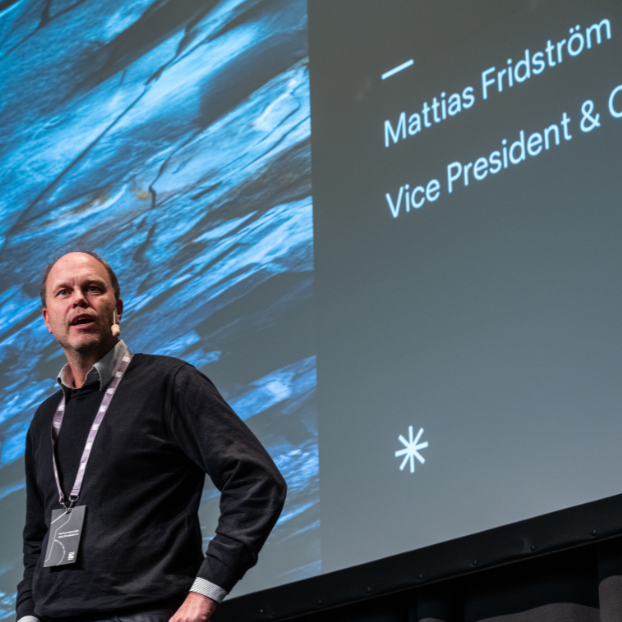
Global trends - as seen by Arelion
This is part of a series focusing on the presentations from the Netnod Tech Meeting 2024. Each blogpost aims to summarise the key points from the presentation and provides link for readers who want to know more.
Trends
Traffic levels are increasing, as always, and there is no sign of a slowdown. However, traffic levels are growing faster outside of Europe and North America. The types of peaks have changed: for example, the largest peak recorded in recent years happened when the game Fortnite released a large update.
Geopolitical trends are visible in the traffic patterns as well, and the continued tensions are driving further needs for security and resilience. Today, geographic diversity is more important than the shortest route between key end points.
Attacks, and in particular traffic based DDoS-attacks, are increasing both in magnitude and in scope. That is, attacks are becoming less sophisticated, and instead have a focus on volumetric effects, i.e. clogging pipes rather than downing servers.
The current most popular attack method is DNS amplification generating large traffic amounts for UDP over HTTP and HTTPS. There is also a trend that more sophisticated attacks are targeting virtual machines and virtual private servers instead of IoT-devices. The assumption is that people in general are better at protecting IoT-devices and therefore bad faith actors have a larger incentive to instead target virtual machines with more computational power than IoT-devices.
For more information on attacks and the thread landscape, see the Arelion threat landscape report: DDoS threat landscape report 2024 | Arelion
Physical security
The altered geopolitical situation has put an increased focus on the physical security of infrastructure, and in particular long haul networks, including submarine cables. Historically, maps of optical fibres were publicly available. This is no longer the case as attacks against infrastructure have increased.
This means that Arelion is looking into new traffic routes to increase redundancy and diversification of routes.

Having up to four routes between your end-points no longer seems unrealistic.
Mattias Fridström
There are also a wide range of new funding options available, as nation states and entities such as the EU are looking into securing digital infrastructure.
Summary
Traffic levels are (still) growing, even if the largest growth is seen outside of Europe and North America. DDoS attacks are also still increasing, and continue to be a growing concern.
This has led to the Internet community working together to combat DDoS and fight cyber criminals.
Arelion believes that physical security will be the next upcoming trend for all network operators.




